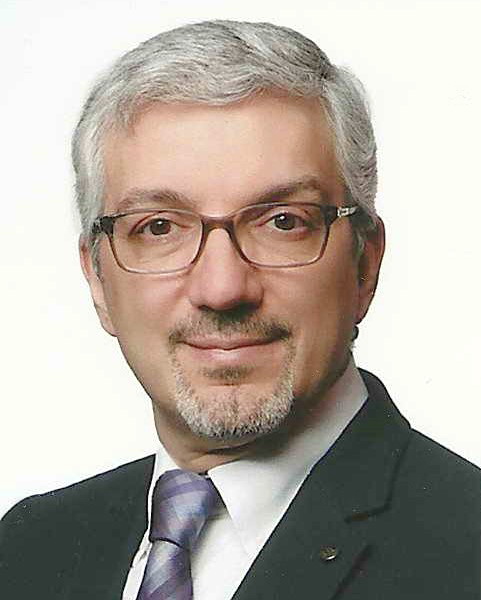Scientific Program
Keynote Session:
Oral Session 1:
- Cosmetic Surgery | Plastic Surgery | Regenerative Medicine
A PHP Error was encountered
Severity: 8192
Message: trim(): Passing null to parameter #1 ($string) of type string is deprecated
Filename: pastconference/past-program-schedule.php
Line Number: 354
Backtrace:
File: /efsdata/meetingsint-com/application/views/pastconference/past-program-schedule.php
Line: 354
Function: trim
File: /efsdata/meetingsint-com/application/controllers/Pastconference.php
Line: 128
Function: view
File: /efsdata/meetingsint-com/index.php
Line: 317
Function: require_once
Title: Rhinoplasty Techniques for Correction of Deviated Nose
Biography:
World-renowned triple-board certified in otorhinolaryngology, head and neck surgery, facial plastic reconstructive surgery and aesthetic medicine; Fellowship certified rhinologist and fellow of the American rhinology society; International, European and American board certifications; Chapter author of the first-ever global reference on revision rhinoplasty in the United States; Author of more than three hundred articles and chapters including facial plastic surgery textbook, awarded as the best academic book of the year; Winner of the three American academic awards including the international award of the American rhinology society; Instructor of numerous courses, hands-on and live surgery workshops throughout the world including the American Academy of facial plastic reconstructive surgery instruction courses, Dallas cosmetic surgery and New York cutting edge aesthetic surgery symposiums; More than twenty-five years of clinical practice and academic postgraduate teaching experience with seven thousand teaching surgeries in the university hospital to dedicate state-of-the-art experiences to the new generation of surgeons.
Abstract:
Objectives: 1) know the anatomic characteristics of deviated noses. 2) Identify risk factors and pitfalls in the correction of deviated noses. 3) Select the best technique for each type of deviated and crooked noses.
Abstract: Deviated nose is defined as a deviation of the external nasal framework, which is almost always accompanied by deviations in the nasal septum. Most patients have problems both in form and function. Establishing stable and long-term results has been a nightmare even for experienced surgeons. Analyzing the underlying anatomy in each case is important to establish the plan of treatment which differs in every case. Deviation could be noted in the bony upper third part of the nose, cartilaginous middle third or combination of both and may extend to the lower third or lobule. All types of deviated noses are operated in one stage with the correction of pyramid and septum. Correction of form and function includes restoration of the straight dorsum, reducing asymmetries and providing functionally patent nasal valve. Wide exposure and extensive release of deviated cartilages would help to minimize extrinsic forces over the deviated pyramid and septum. It is especially important in the case of deviation of cartilaginous septum. Proper cuts and resections of cartilage and insertion of resected materials as different types of grafts are the basis of the most techniques which were described in this problem.
Deviated nose is a complex deformity extending from the radix to the tip. Of course, the successful surgery is not possible without correction of tip deformities and asymmetries as an important part of the procedure. A systematic approach including various methods in septorhinoplasty for deviated and crooked noses is addressed.
A PHP Error was encountered
Severity: 8192
Message: trim(): Passing null to parameter #1 ($string) of type string is deprecated
Filename: pastconference/past-program-schedule.php
Line Number: 354
Backtrace:
File: /efsdata/meetingsint-com/application/views/pastconference/past-program-schedule.php
Line: 354
Function: trim
File: /efsdata/meetingsint-com/application/controllers/Pastconference.php
Line: 128
Function: view
File: /efsdata/meetingsint-com/index.php
Line: 317
Function: require_once
Title: Combined Gastrocnemius-Soleus Muscle flap for complex wound reconstruction of lower one third of leg
Biography:
Will update soon



